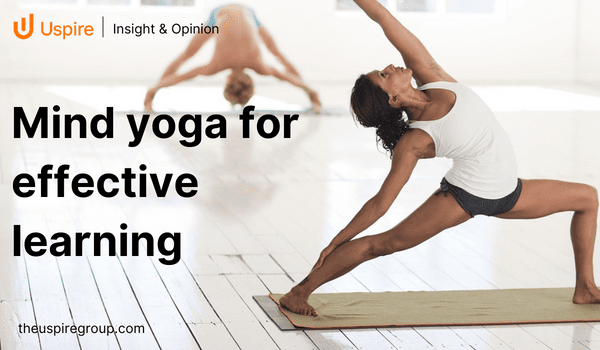Whilst hugging and bridging may sound like a tantric yoga move forced upon some unsuspecting middle-aged, middle-spread, middle-life-crisis convert, it is in fact a very powerful “mind-yoga” technique used in effective learning.
We have talked previously about the science of how we learn, and how understanding that is essential in creating powerful training programmes.
Learning is about the transfer of information from our short-term memory to our long-term through repetition. Remember the classroom times-table chants?
However, this does not really work when training in a shift in attitude or a shift in habit. Training courses are not just about upskilling, they’re also about imparting knowledge and changing attitude. But it is these very habits that we want to change that actually get in the way of taking on new information to allow us to change the habits. Tricky.
Think about training as not just a transfer of information, but a transformation of information. When faced by new information we transform it to fit our own existing paradigms, or mindsets. So, in order to break the habit and help learn the shift needed we need experiential exercises. Enter our first mind-yoga technique, hugging.
Hugging is another word for role-play, or “real-play” to make it more connected. Hugging encourages rehearsal, but it also encourages critiquing and analytical thinking. When you are in full hugging mode you are in fact thinking, analysing, critiquing the play and yourself, and hence giving yourself a feedback loop. And all the while shifting your original mindset and habits to absorb what you are experiencing through the hug.
And so to the second mind-yoga technique, bridging.
Bridging is about making the connection between the old information you have, your old paradigms, and the new information you want to absorb. A great way of making this bridge is through the use of case studies. Taking the new approach that is being trained and applying it to a real-life case study helps compare and contrast with the old approach.
By doing this you are reflecting, and this helps consolidate new information by attaching it to your old paradigms.
All this may seem like a bit of a mind-bend, but bending is the way of yoga, tantric or otherwise!
To learn more about how to hug and bridge your way to effective learning listen to the Uspire webinar “Designing to Embed, A Core Leadership Competence”

